Cartoon Caricature Drawing
- caricature /
- Cartoon Caricature Drawing
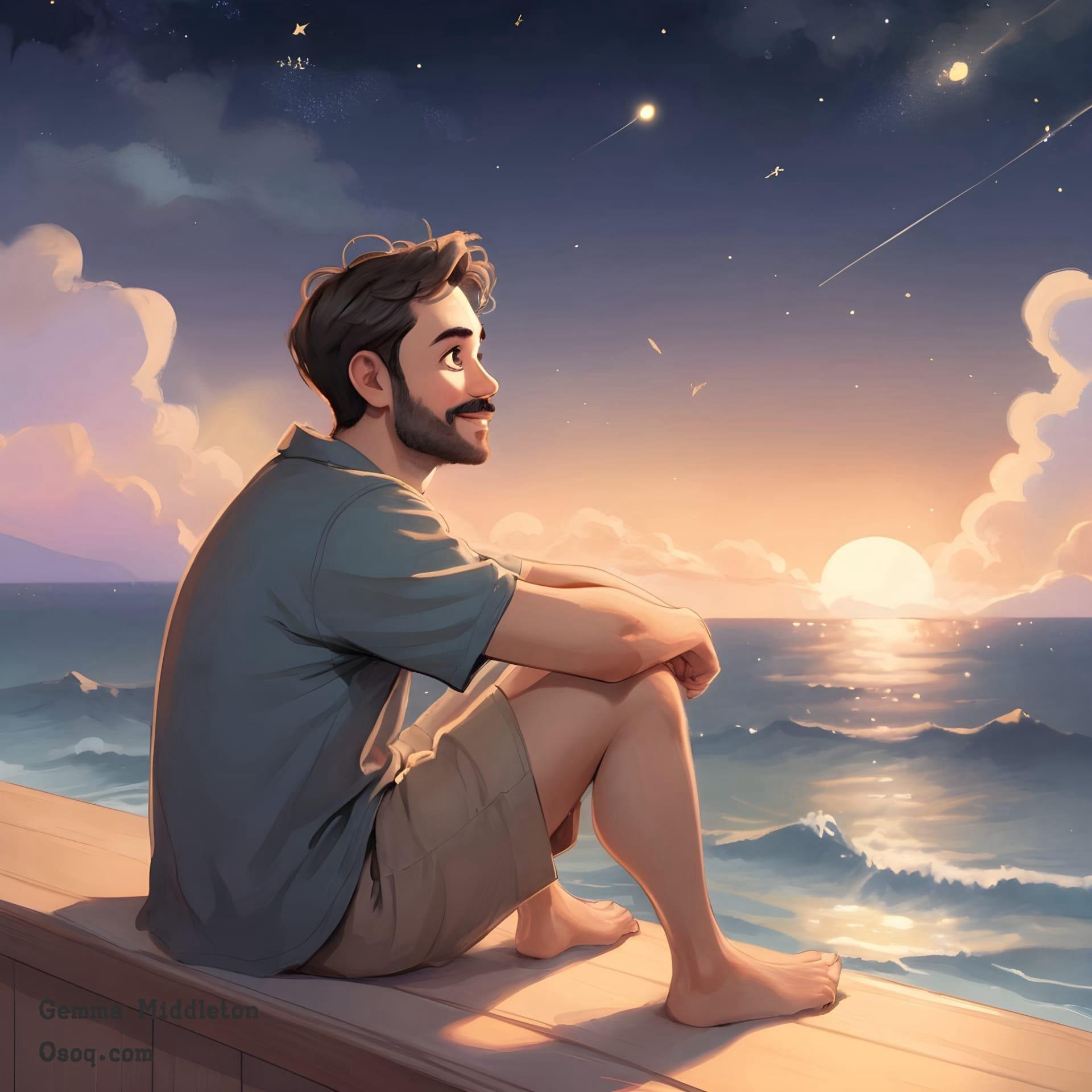
Cartoon caricature drawing starts with an exaggerated feature. Artists pick a prominent trait from a person and amplify it, making the caricature instantly recognizable yet humorously distorted.
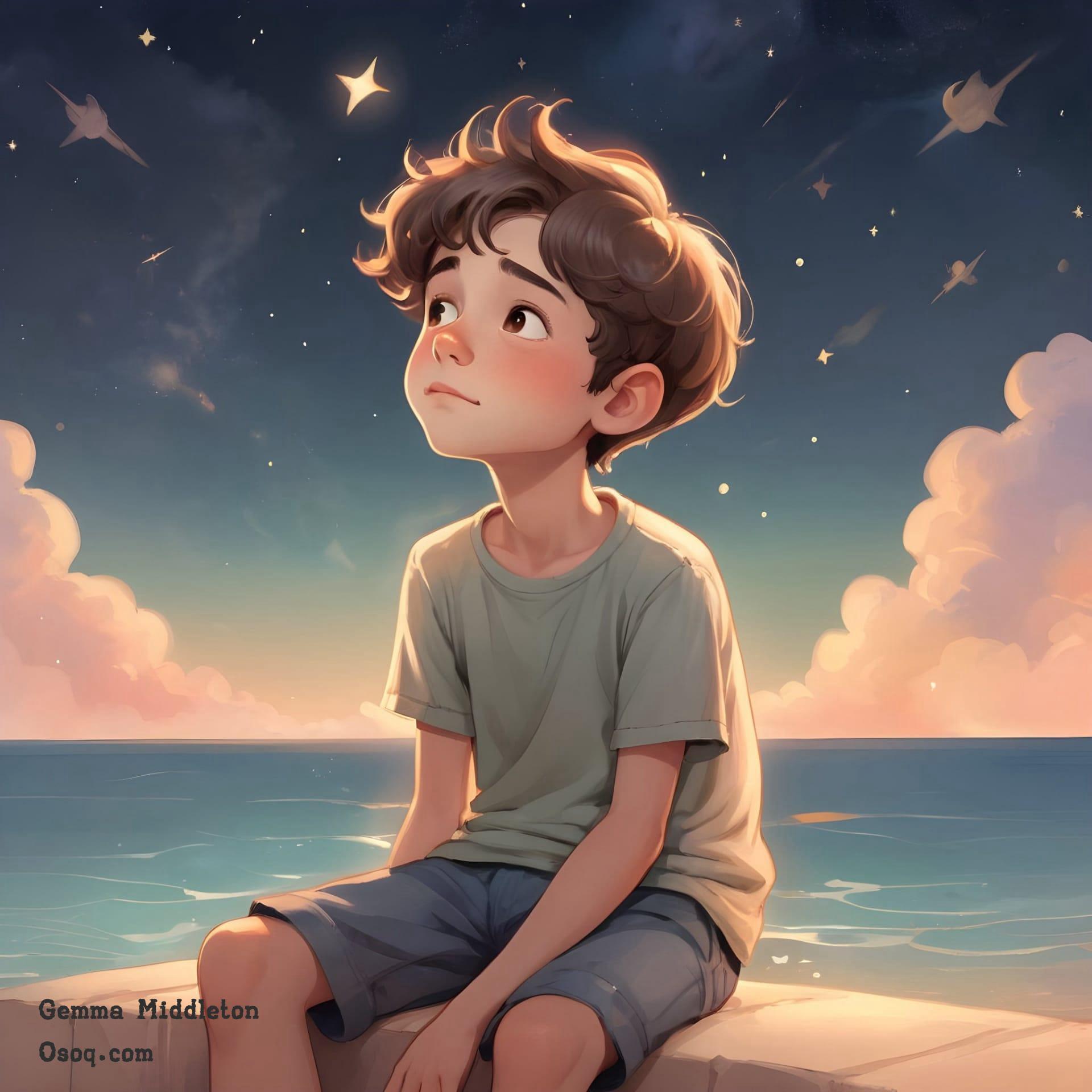
Facial expressions are the goldmine for cartoon caricature artists. A simple tweak to the eyebrows or the curve of the lips can turn a regular face into a funny or intense character.
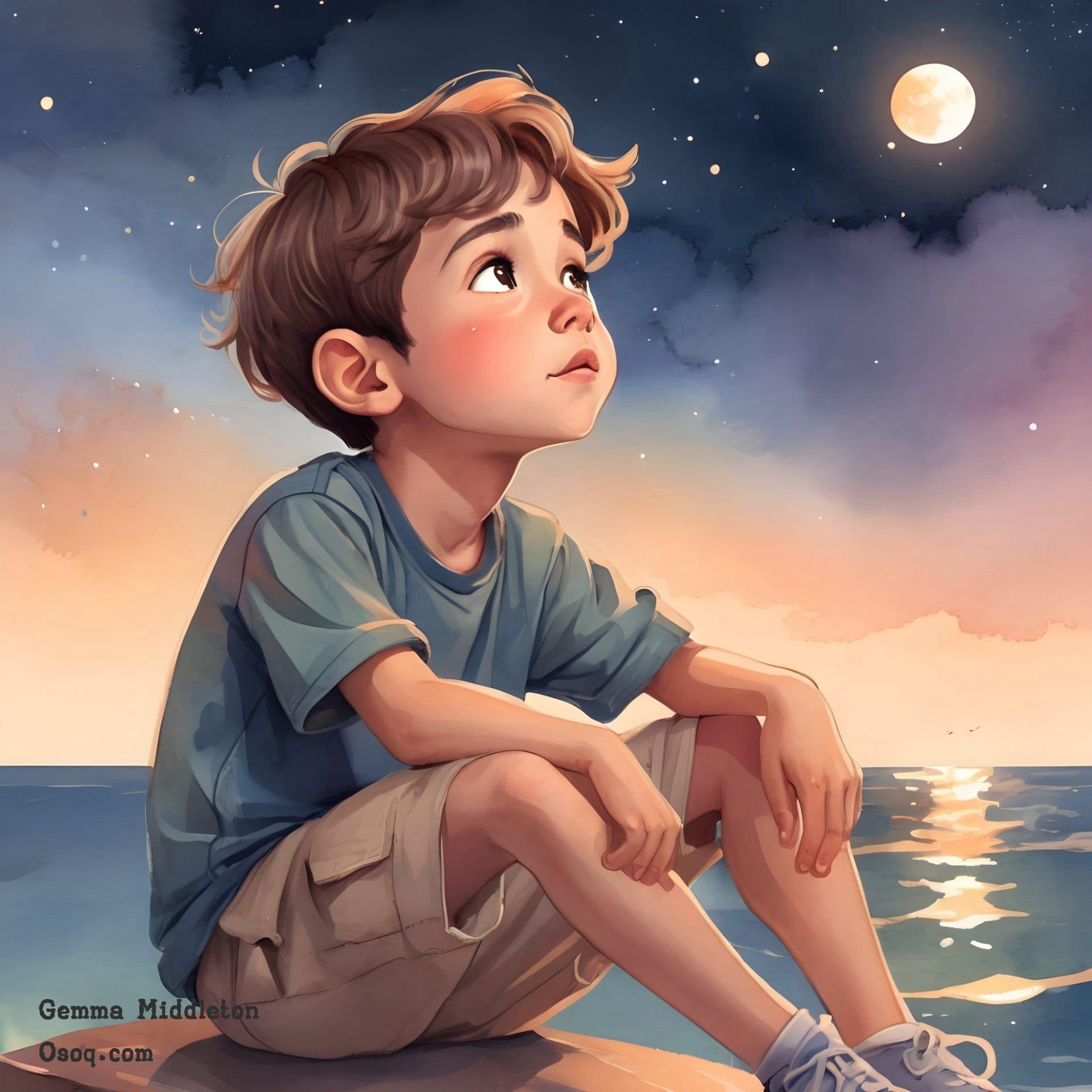
Proportions are thrown out the window in cartoon caricature drawing. The head might be oversized with tiny legs, which emphasizes the character's head features and expressions.
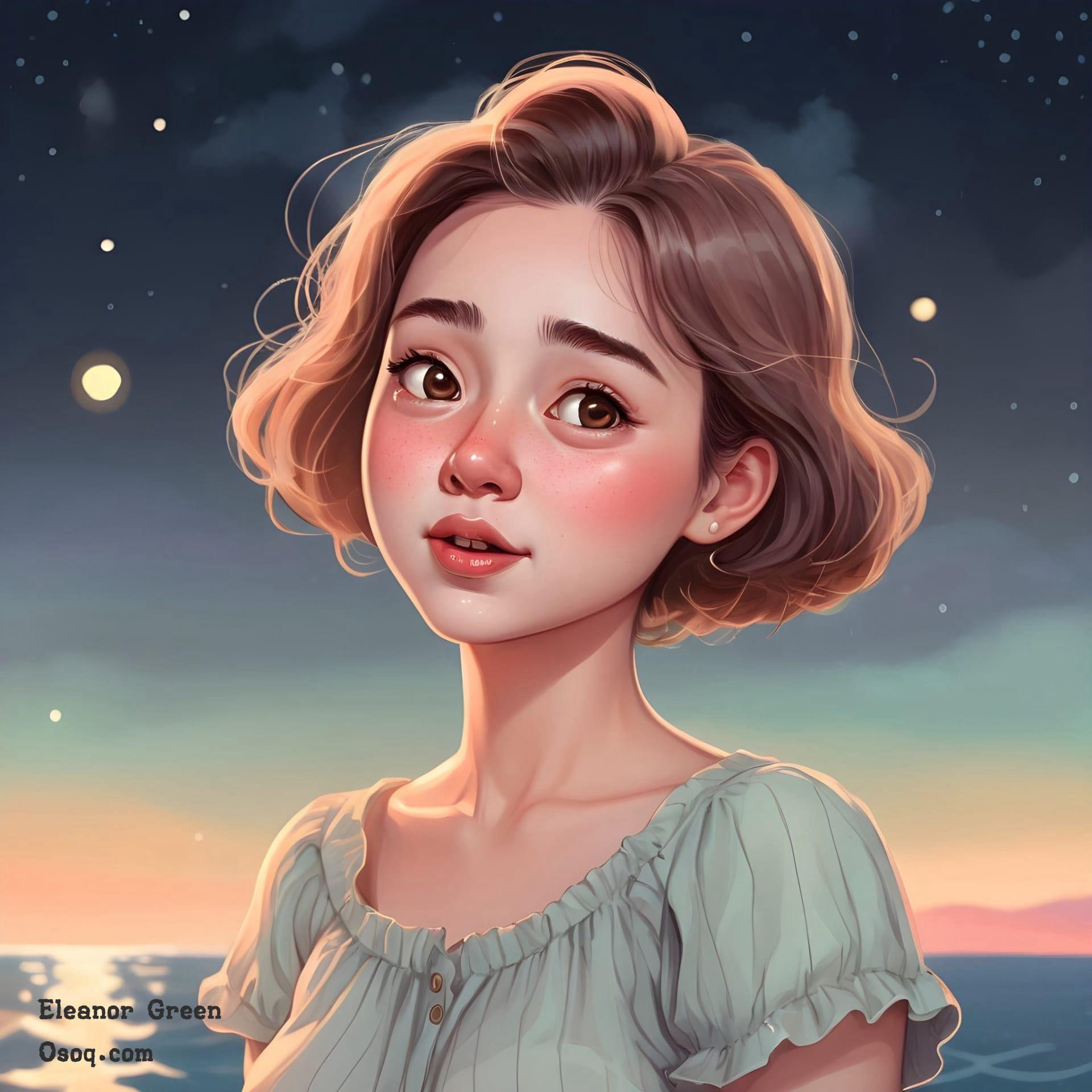
Shading isn’t typically detailed in cartoon caricatures. Instead, flat colors with minimal shadows are used to keep the focus on the line work and the exaggerated features.
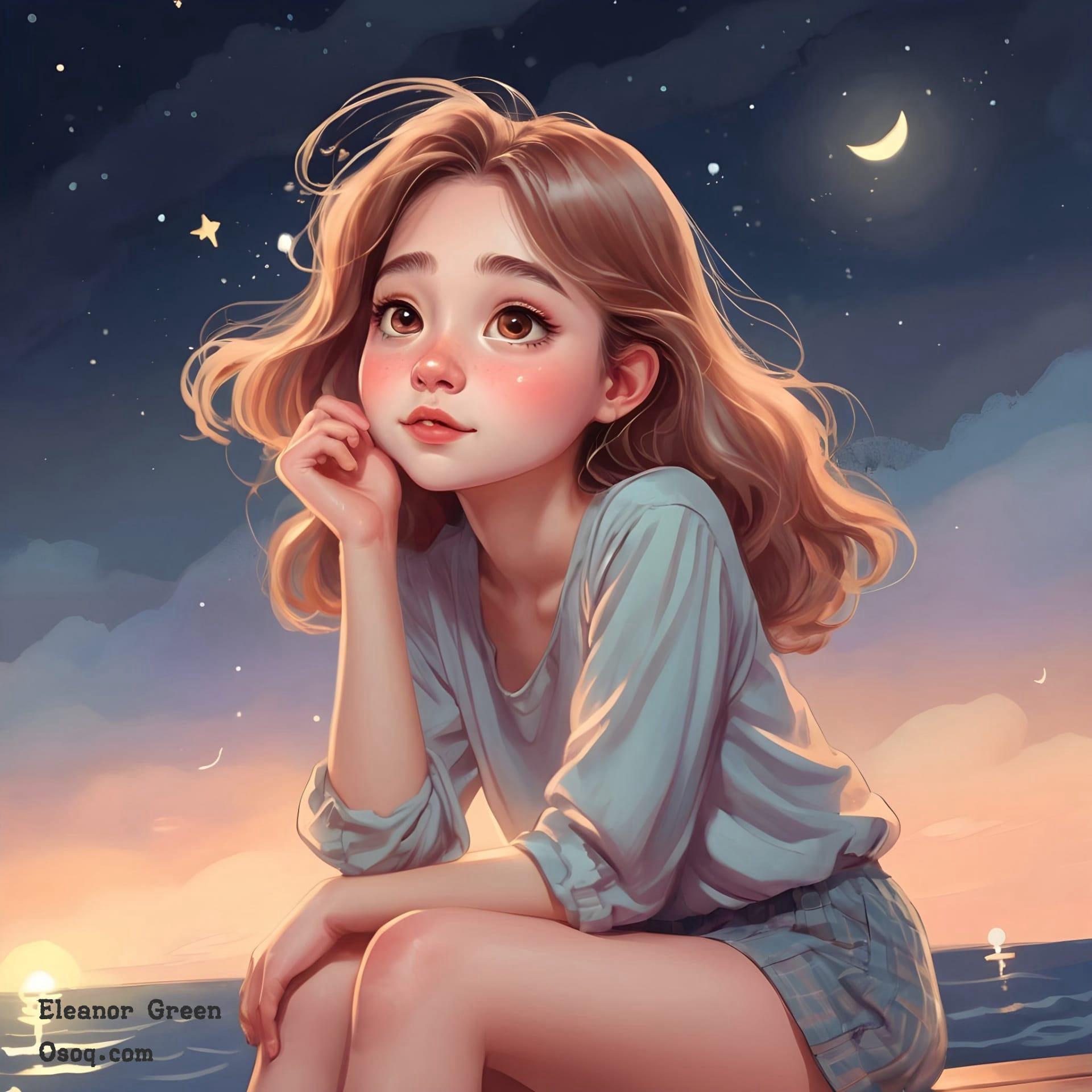
The use of vibrant colors can help cartoon caricatures pop out from the page. These colors are often not realistic but are chosen to enhance the drawing's emotional impact or humor.
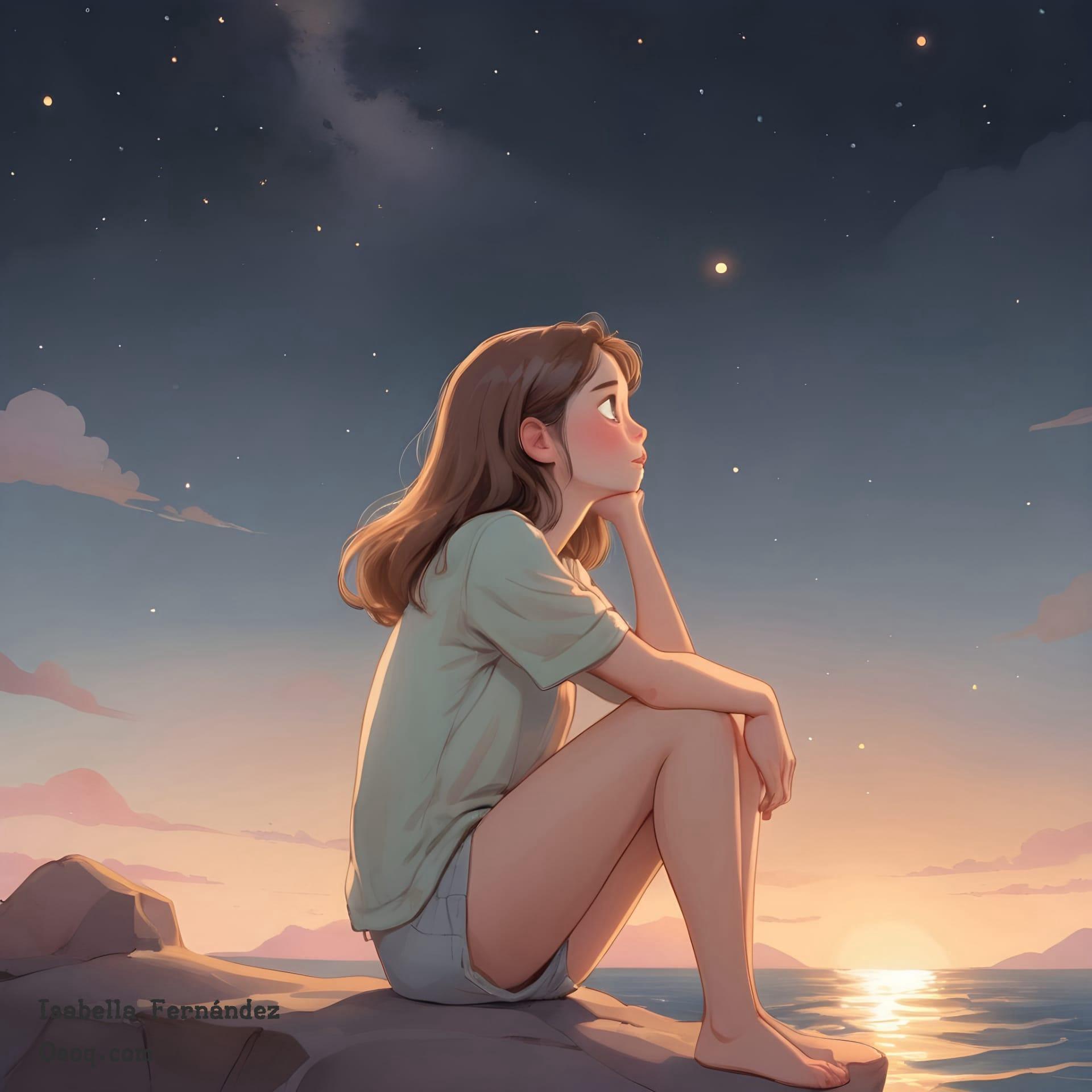
Line quality is crucial. Thick, bold lines are often used in cartoon caricature drawing to define shapes and add a sense of volume and weight, making the character more lively and dynamic.
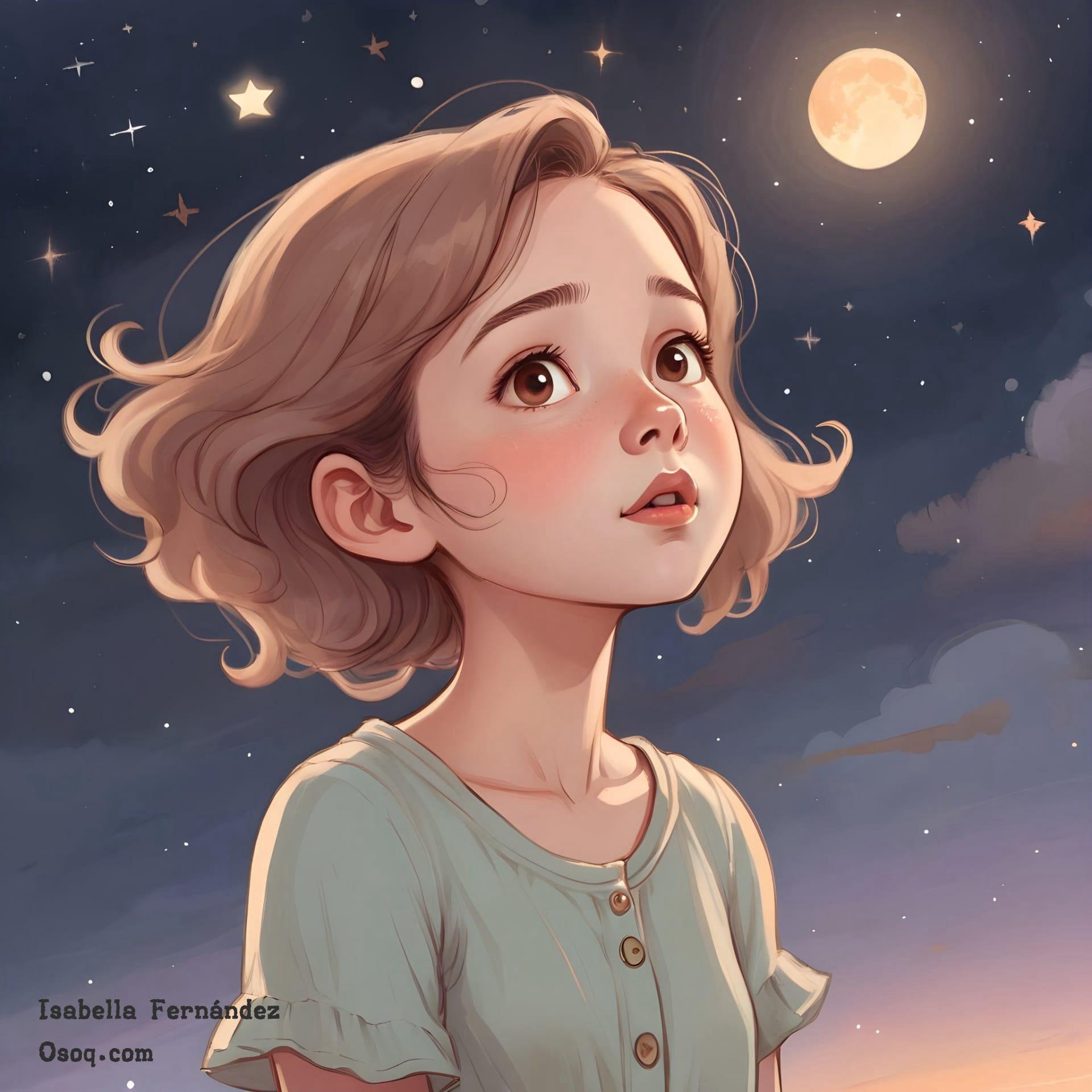
Backgrounds in cartoon caricatures are usually minimalistic or highly stylized. This keeps the viewer’s attention on the character, which is the main focus of the artwork.
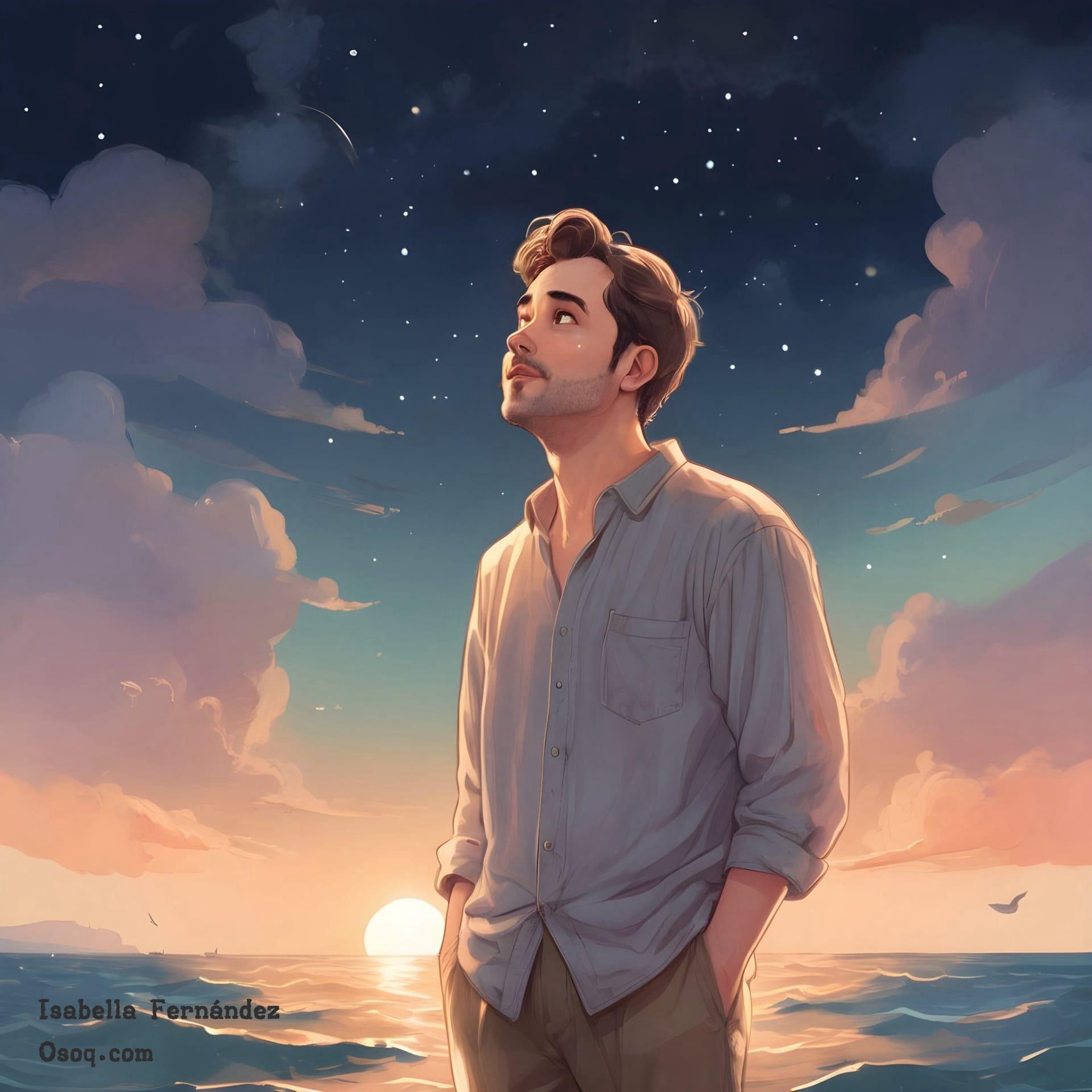
Props can tell a story in cartoon caricatures. Whether it’s a tiny hat on a huge head or a large pen in a writer’s hand, props add context and depth to the caricature.
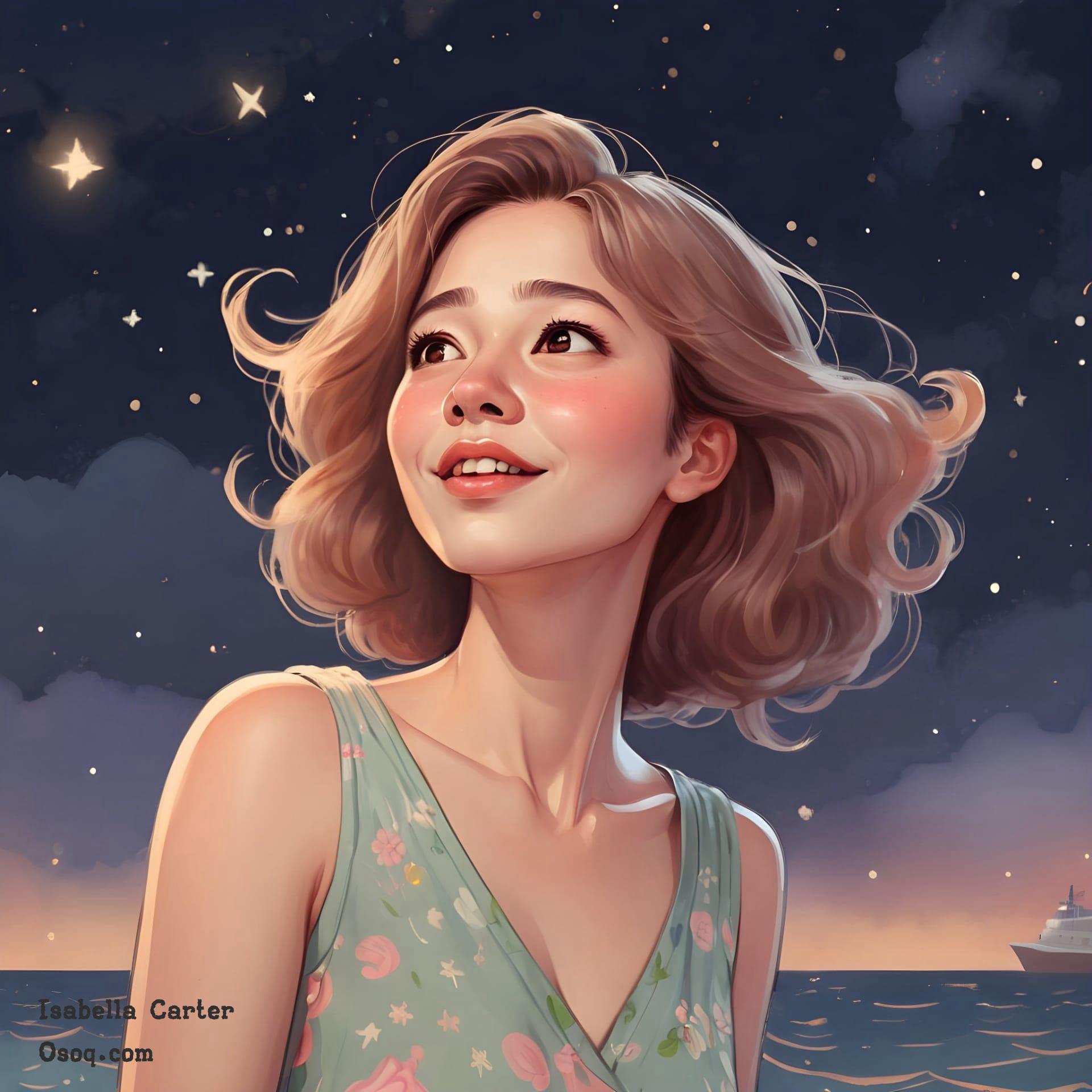
Movement exaggeration is another fun aspect. Actions can be dramatized in cartoon caricatures to enhance the comic effect or convey emotions more powerfully.
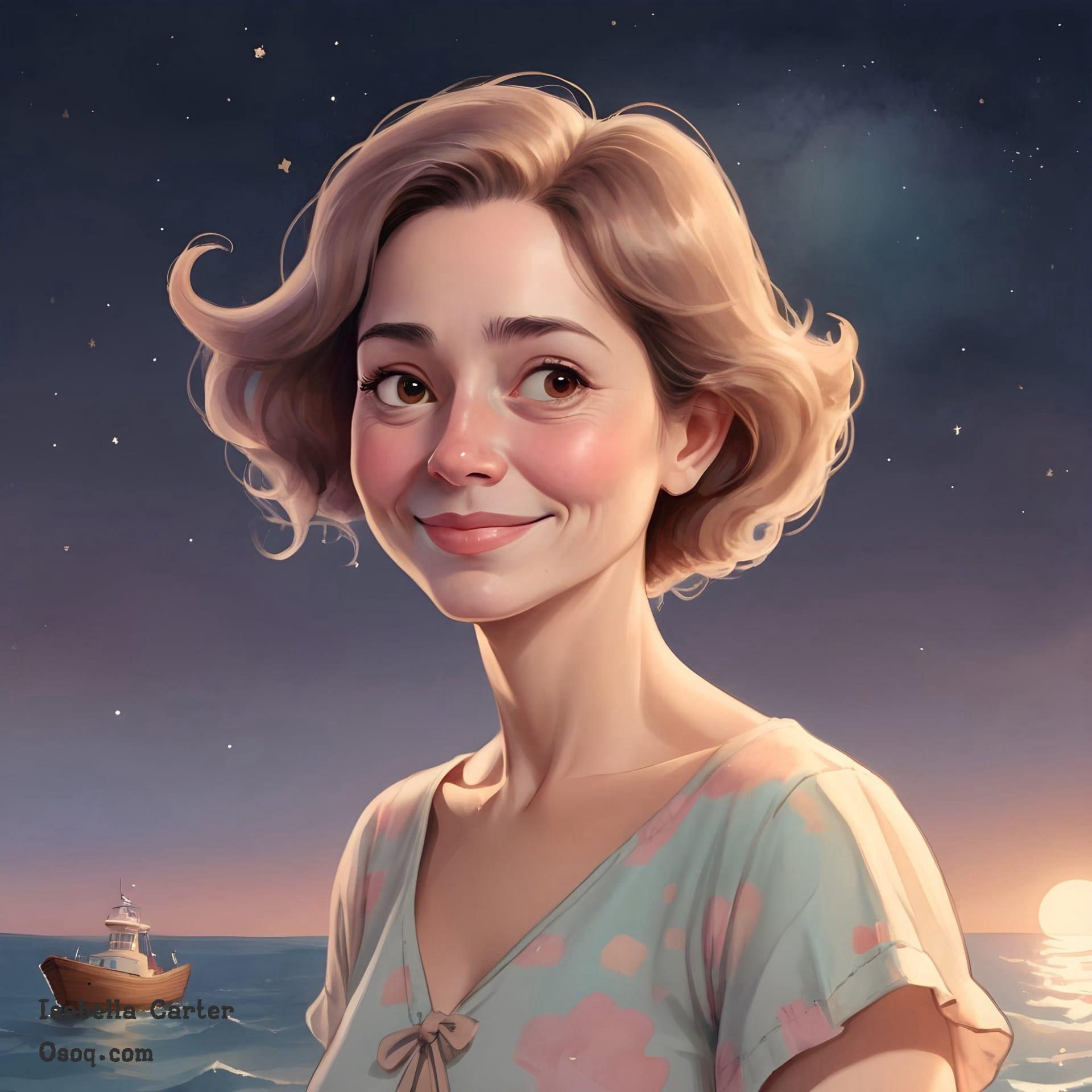
Interaction between characters in a single frame can amplify the humor or narrative. How characters are positioned in relation to each other can change the story’s tone.
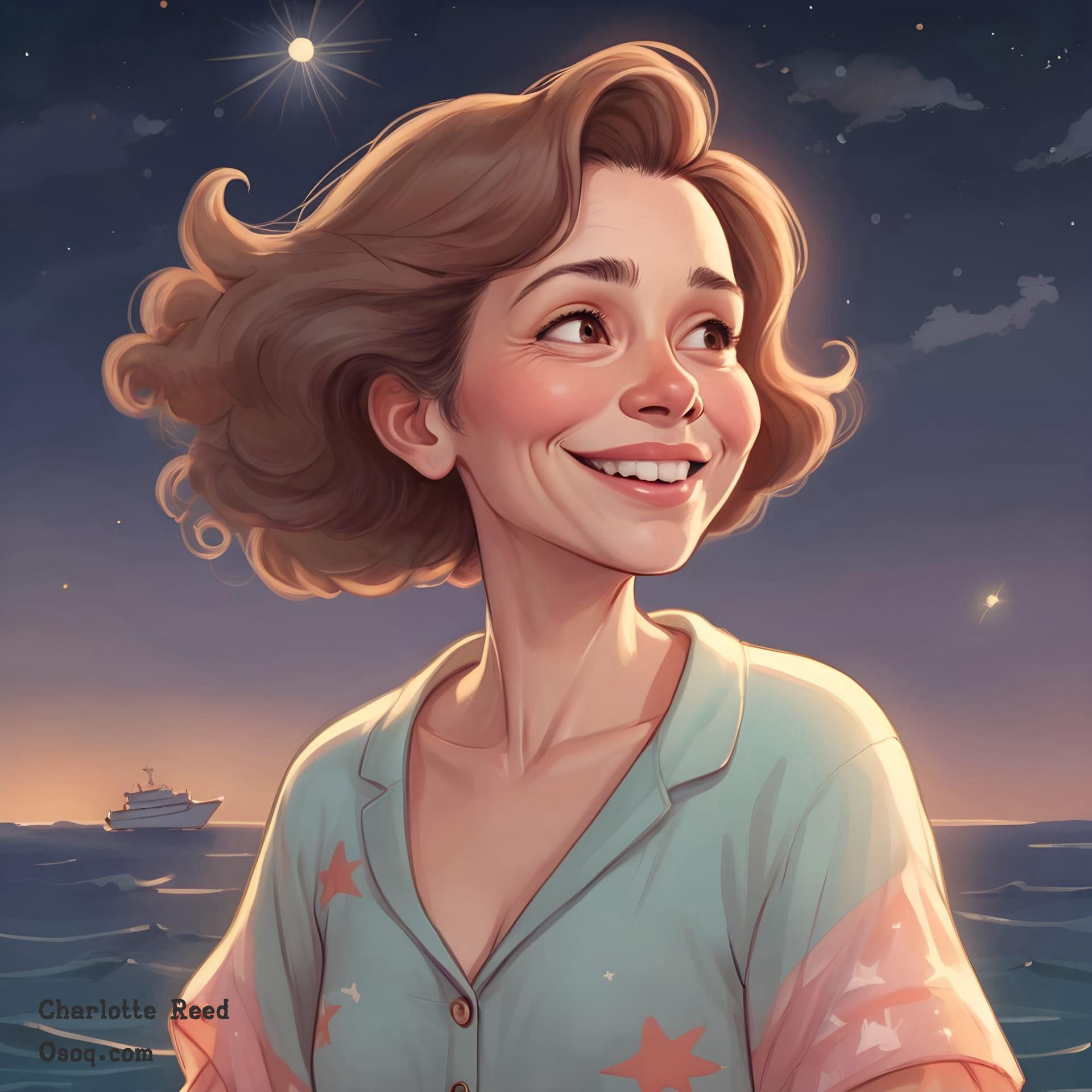
Simplicity is key. Despite the exaggerated features, cartoon caricature drawing often uses a clean and simple style to keep the artwork readable and impactful.
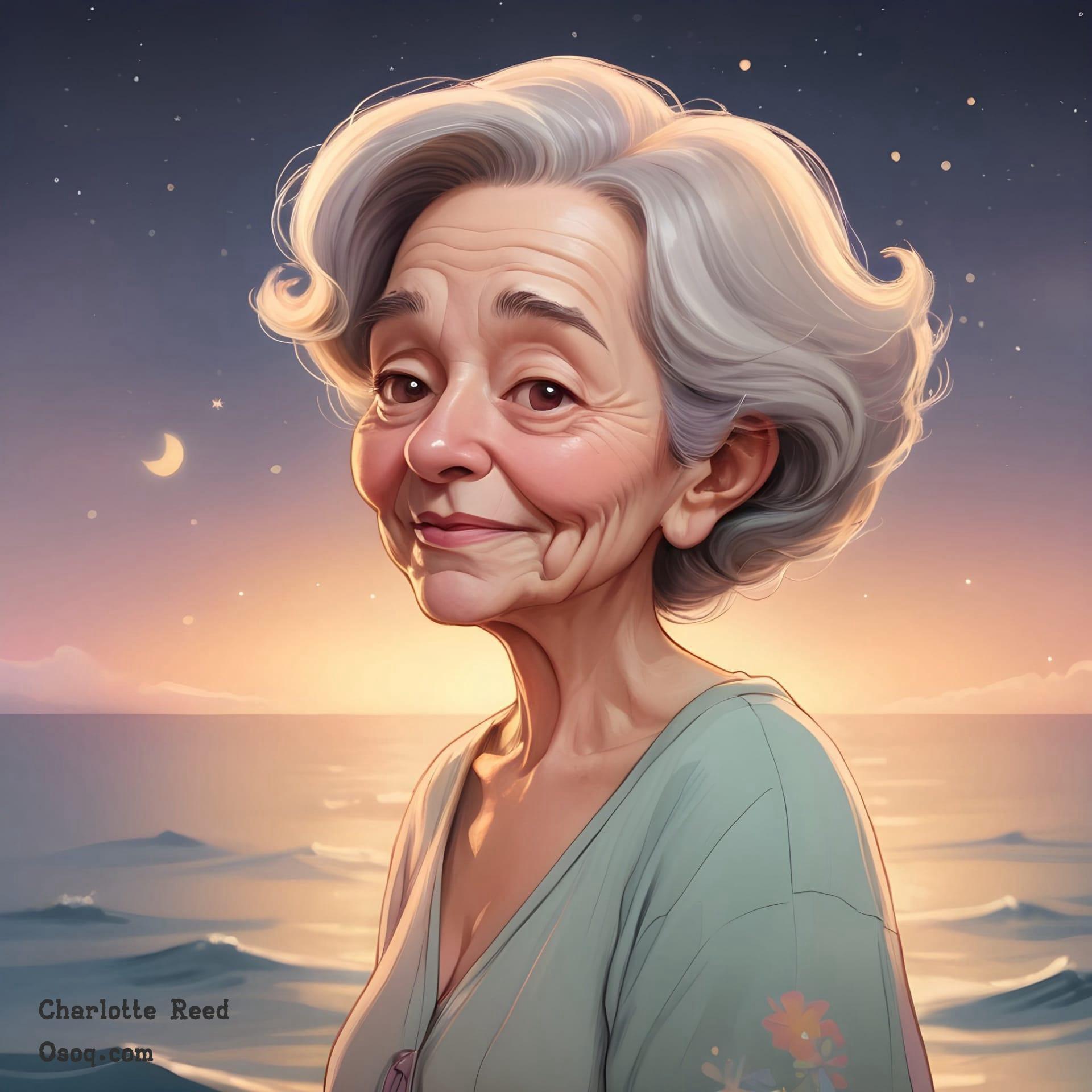
Repeat elements to create a style signature. Many caricaturists use recurring themes or stylistic touches that make their work identifiable across different pieces.
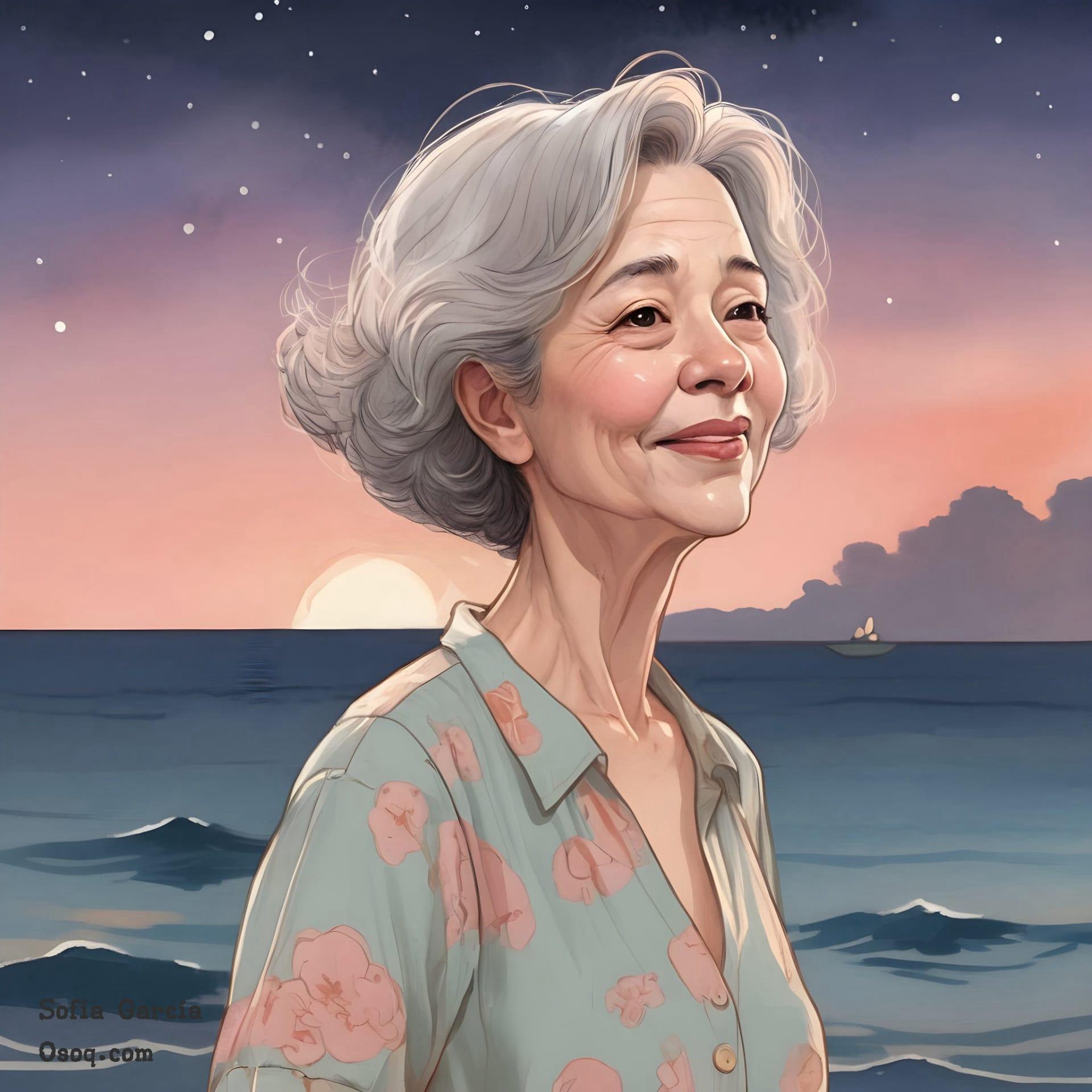
Exaggeration is not random; it's thoughtful. In cartoon caricature drawing, each exaggerated feature is chosen based on the message or personality trait the artist wants to highlight.
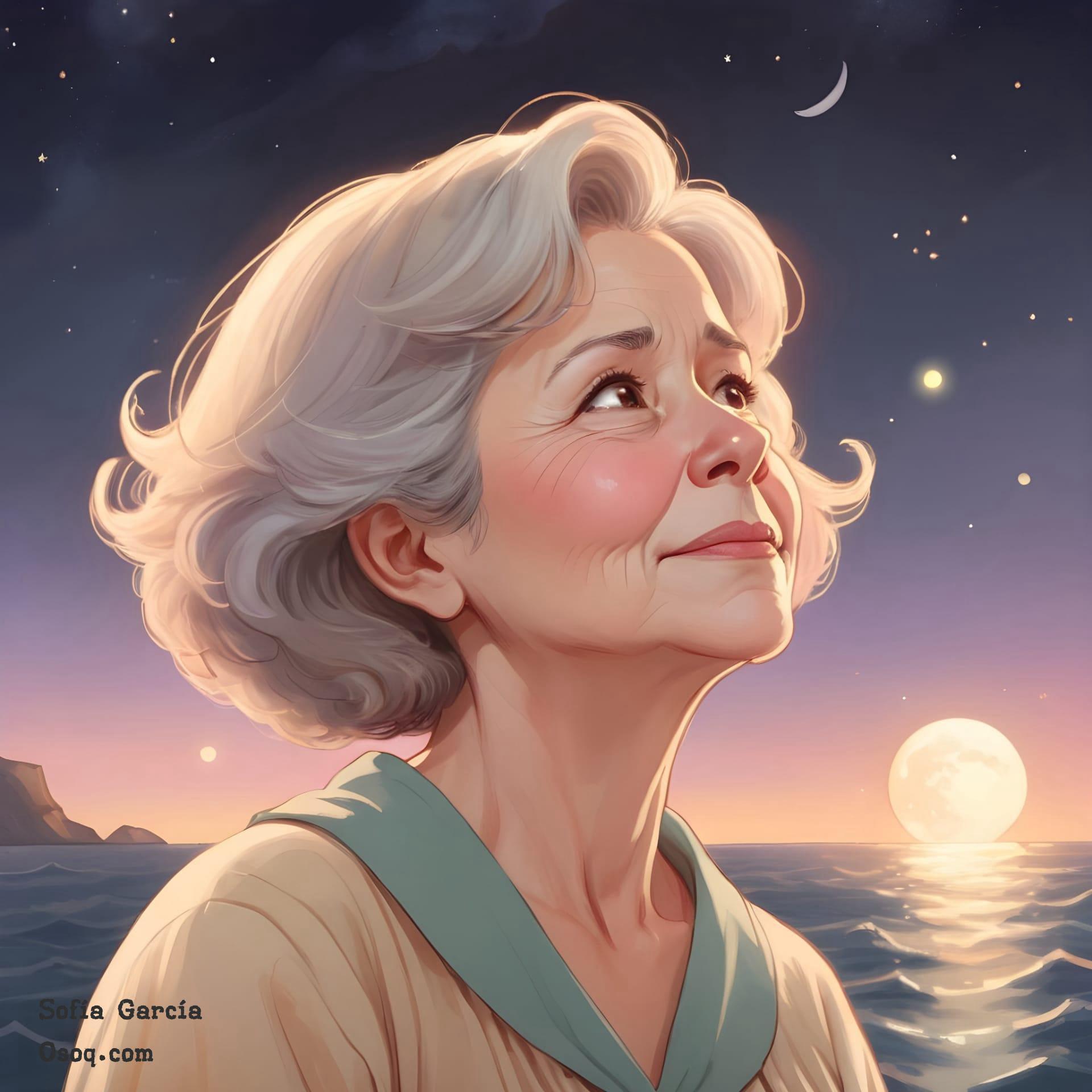
Emotion drives the caricature. Artists think about what emotion they want to convey, and every element from facial expression to posture is tailored to enhance that emotion.
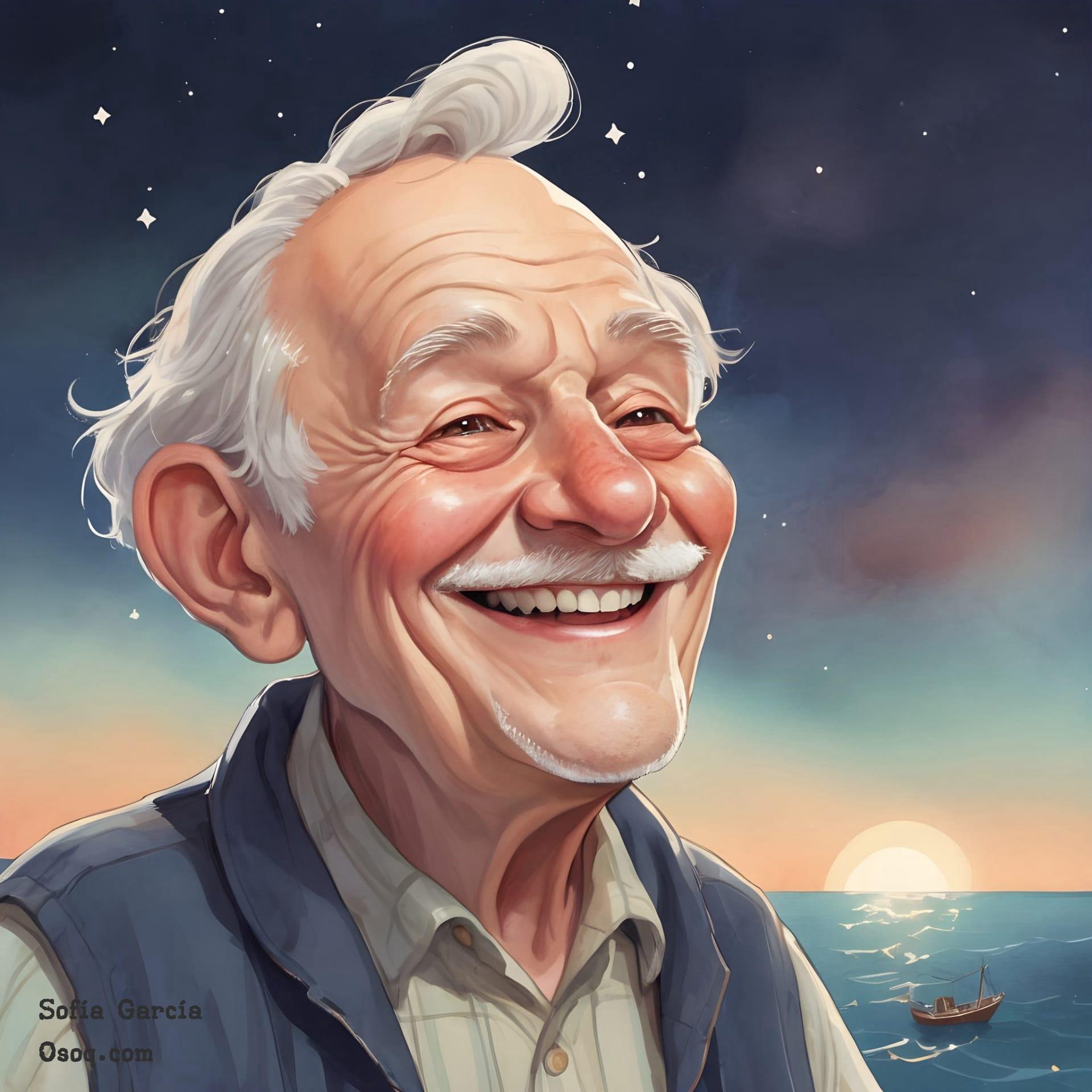
Caricature isn’t just about distortion; it’s about essence. Cartoon caricatures capture more than looks; they capture the essence of the person or character being portrayed.
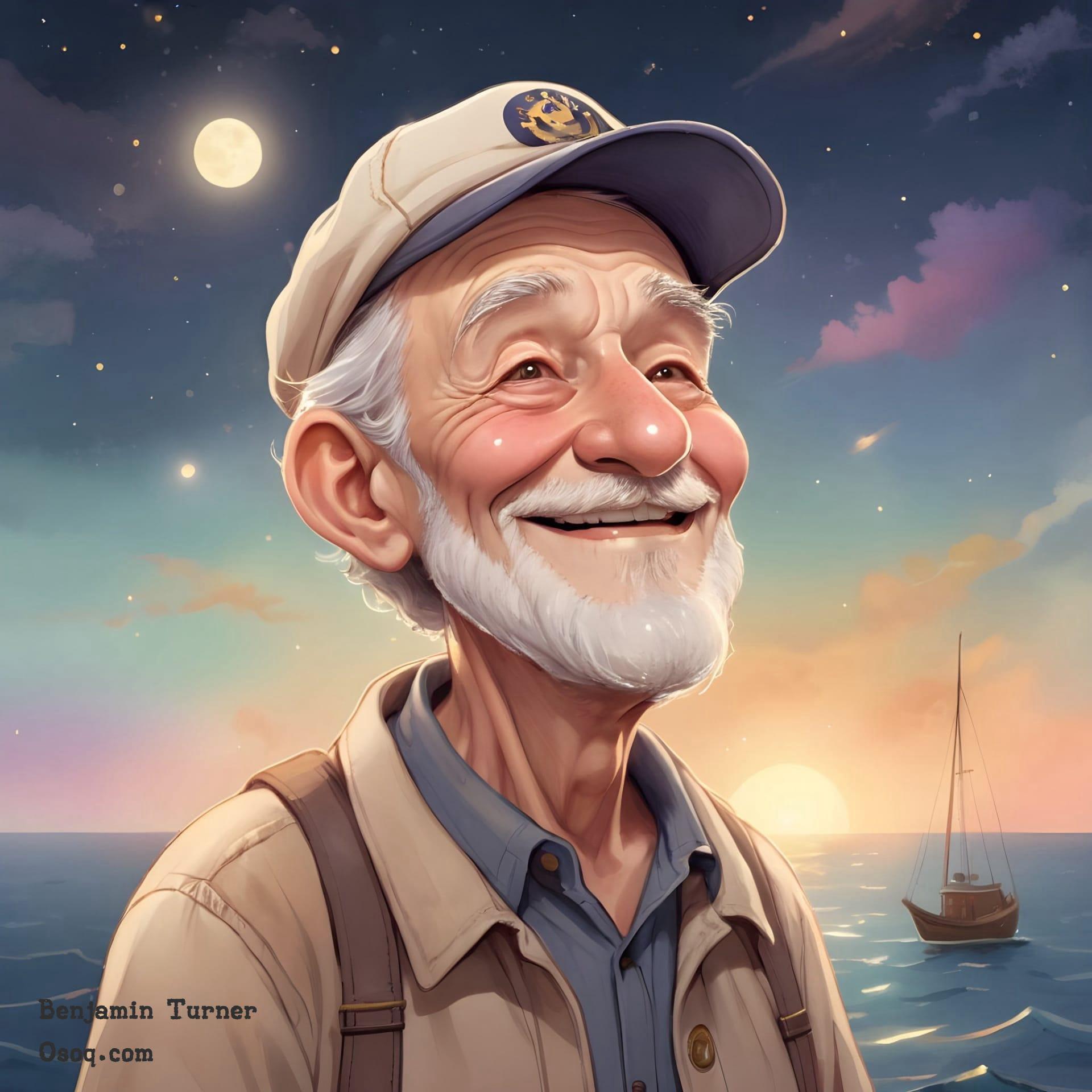
Cross-cultural references can be found in many cartoon caricatures, adding a layer of global appeal or humor that transcends language and cultural barriers.
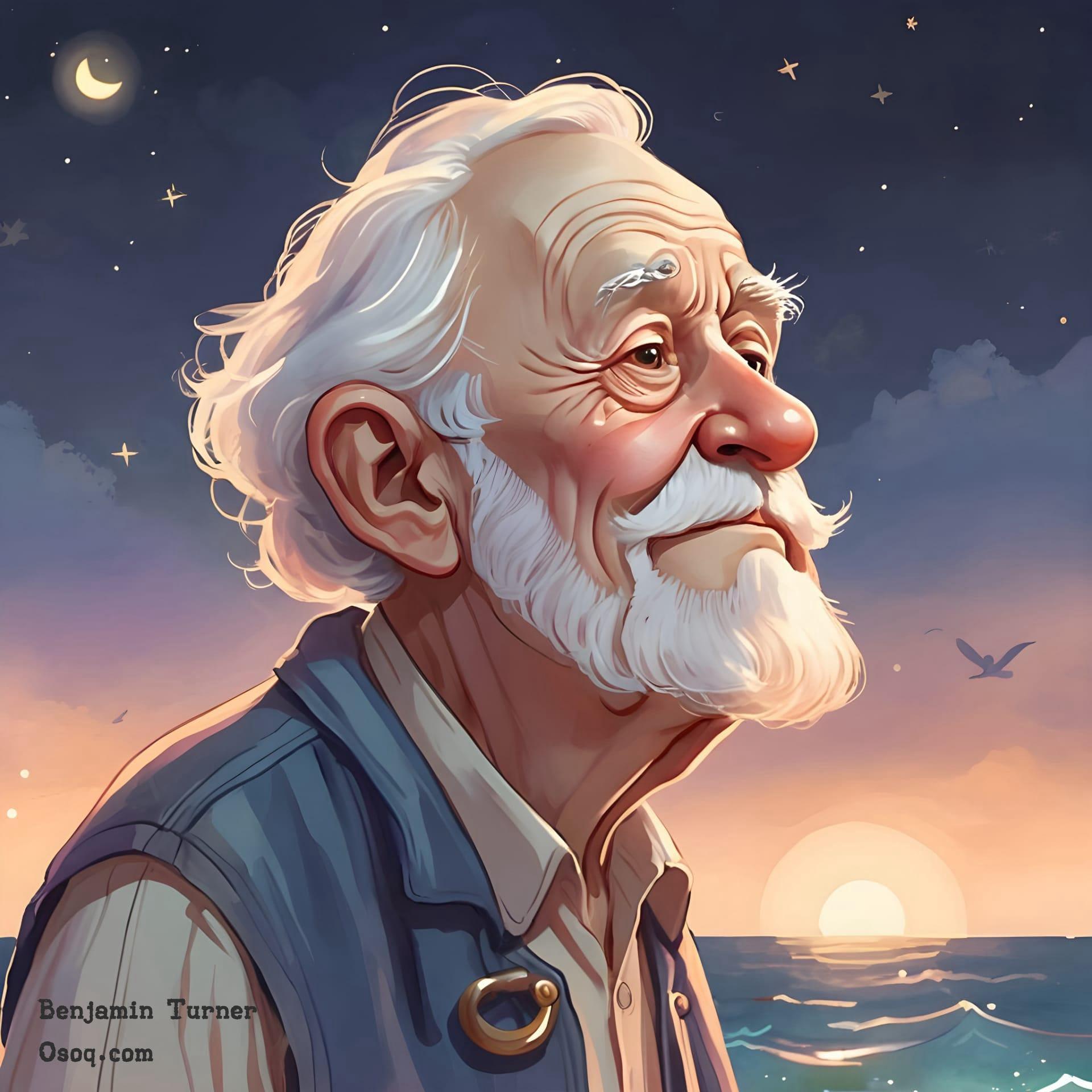
Technology has transformed cartoon caricature drawing. Digital tools allow artists to experiment more freely with colors, lines, and textures with the undo button just a click away.
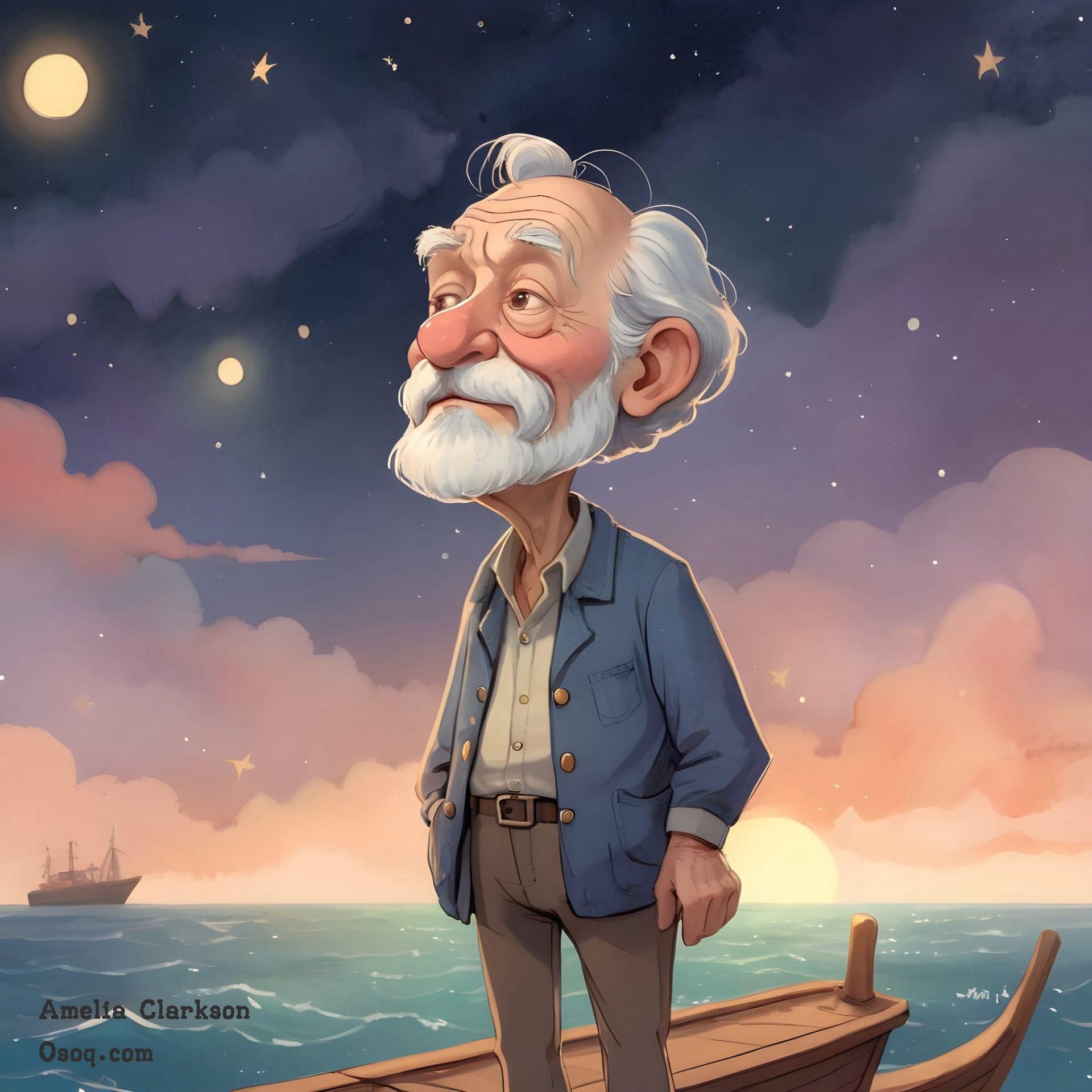
Learning from the masters is a common practice. Aspiring caricaturists often study the works of renowned artists to understand the nuances of effective exaggeration and styling.
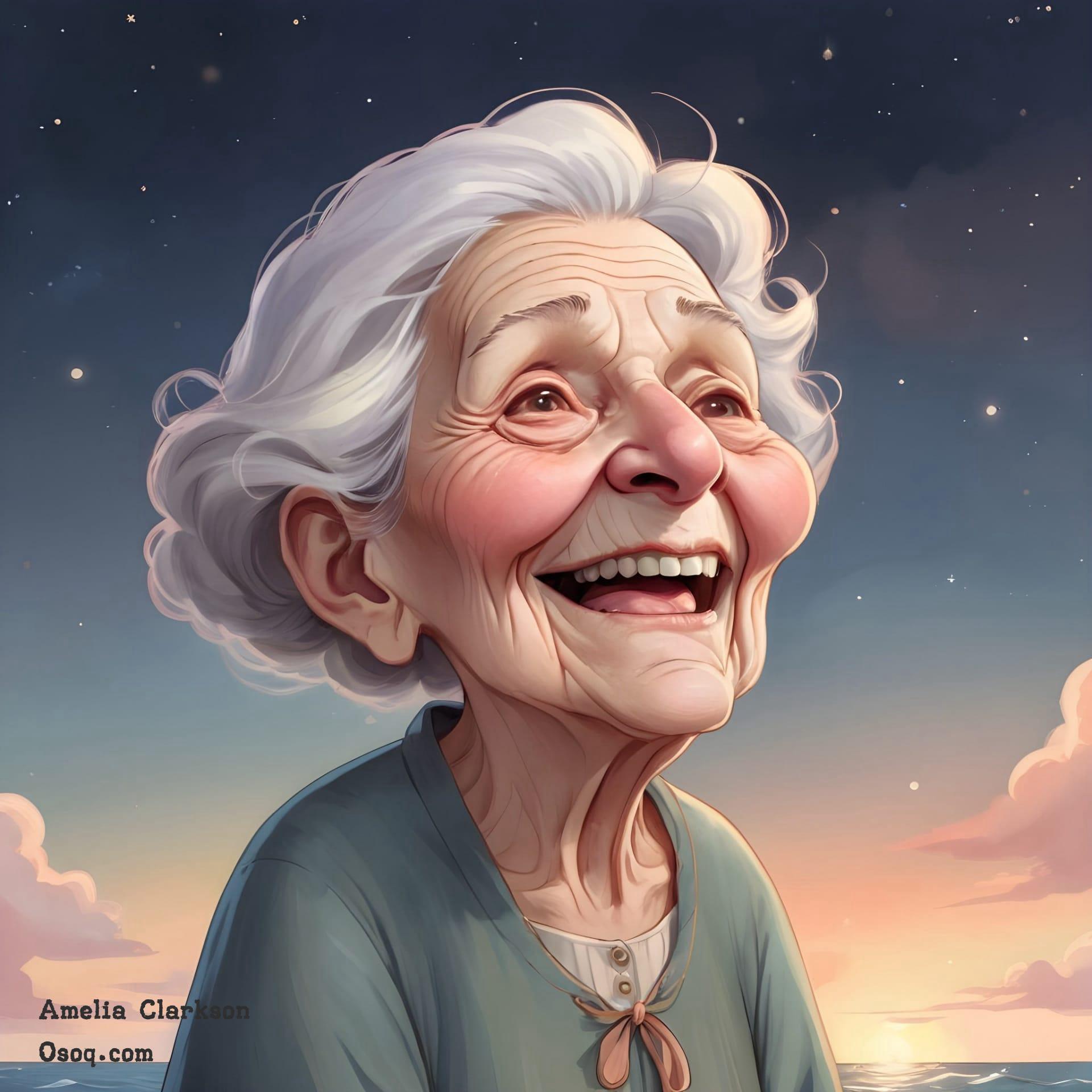
Feedback is crucial. Artists frequently share their works in progress in online communities to get feedback and make adjustments before finalizing their caricatures.
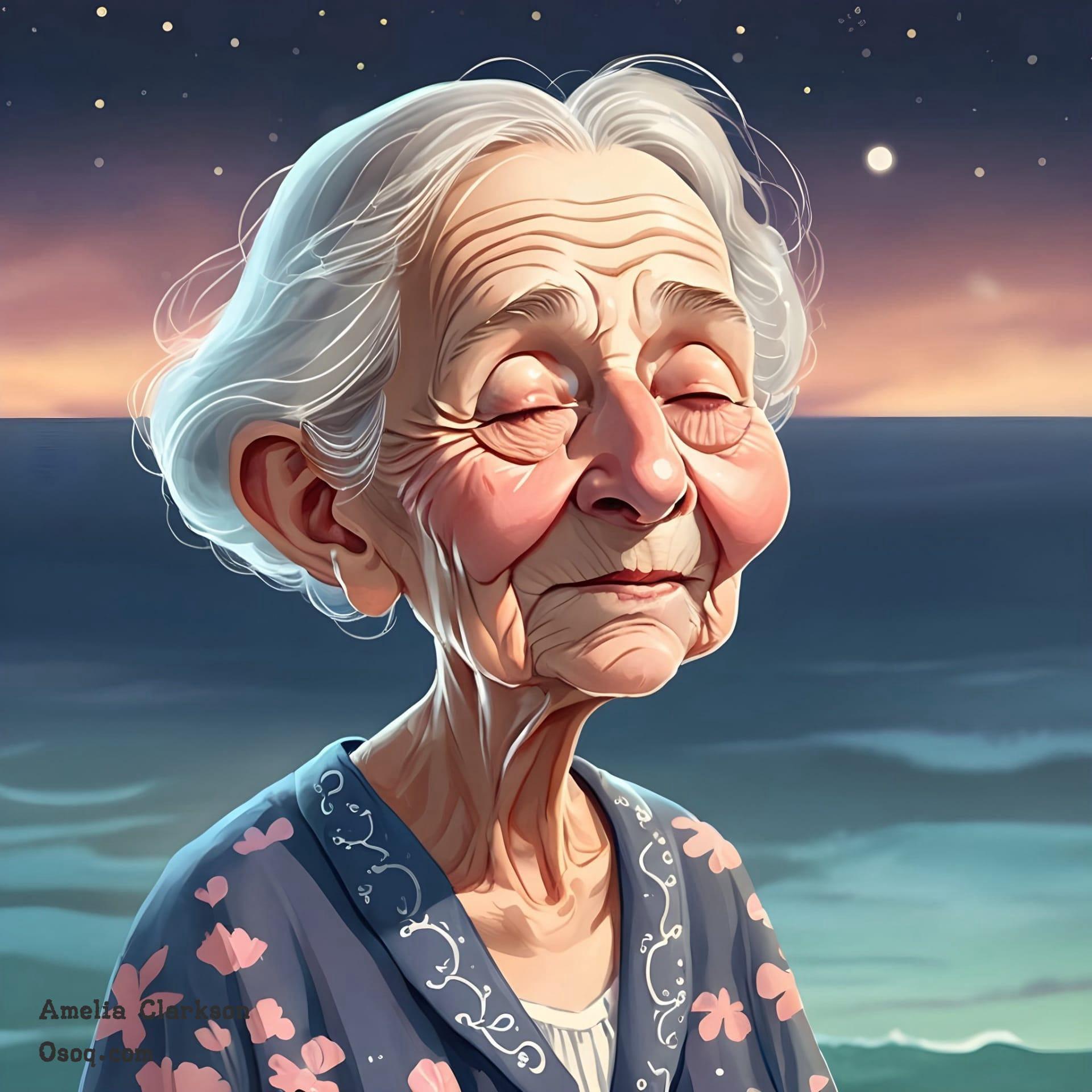
Trends influence cartoon caricatures just like any other art form. Popular culture, politics, and social media trends often find their way into the themes and styles of contemporary caricature.